
Currently, according to experts, urban heritage and industrial heritage are new concepts and also a gap in management policies. The speed of urbanization has caused many cities to lose their identity.
Especially for heritage cities, the management of relics belonging to different ownership communities, in addition to urban architectural planning, causes many conflicts.
Experts say that it is necessary to have a set of specific criteria for heritage cities, or to build a heritage urban mechanism as a basis for localities to carry out planning, arrange administrative units, and resolve the relationship between modernization and conservation of urban heritage in the urbanization process.
This is also what the ancient town of Hoi An authorities are expecting as the locality currently has more than 1,400 classified and inventoried relics, including 27 national relics, 49 provincial relics and more than 1,330 relics in the protection list.
The characteristic of heritage cities is the community element, "living heritage", so applying rigid conservation regulations as before encountered many difficulties.
According to Associate Professor, Dr. Dang Van Bai, former Director of the Department of Cultural Heritage, cultural heritage types are always integrated or contained in two types of ecological and humanistic spaces: urban and village.
Both types of heritage have common characteristics: they are living heritage, still functional, in the process of development with the presence of creative and diverse cultural subjects. On the other hand, the structure of these two types of heritage includes other types of cultural heritage, along with relic complexes and individual relics.
There is a need for special management mechanisms and policies as well as specific criteria and regulations for heritage cities to preserve the valuable assets that the land has.
From regulations stipulating street architecture and landscapes that need to be preserved or renovated according to different levels of value to the adaptability of the residential community, issues related to ownership of relics...
The draft revised Heritage Law currently focuses on three main contents in the approved policies.
From perfecting regulations on principles, subjects, order, procedures for inventory, identification, registration, measures for management, protection and promotion of cultural heritage values in the fields of tangible cultural heritage; improving the effectiveness of organization and operation of agencies directly managing heritage, strengthening the content, responsibility, and mechanism for implementing decentralization and delegation of state management of cultural heritage from the central to local levels; strengthening the content, mechanisms, and policies to promote socialization and attraction, improving the effectiveness of resource mobilization to protect and promote cultural heritage values.
Source


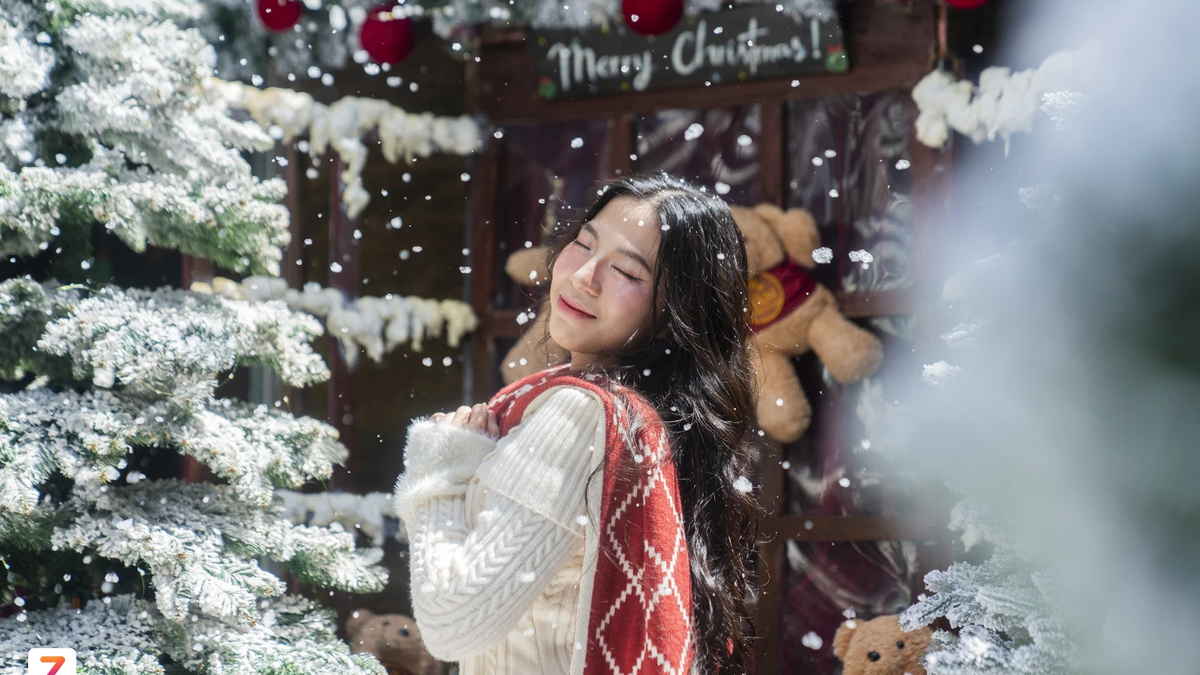
![[Photo] General Secretary To Lam receives United Nations Secretary-General Antonio Guterres](https://vphoto.vietnam.vn/thumb/1200x675/vietnam/resource/IMAGE/2025/10/25/1761376410088_a1-bnd-4607-5891-jpg.webp)

![[Photo] President Luong Cuong receives heads of delegations attending the signing ceremony of the Hanoi Convention](https://vphoto.vietnam.vn/thumb/1200x675/vietnam/resource/IMAGE/2025/10/25/1761377309951_ndo_br_1-7006-jpg.webp)
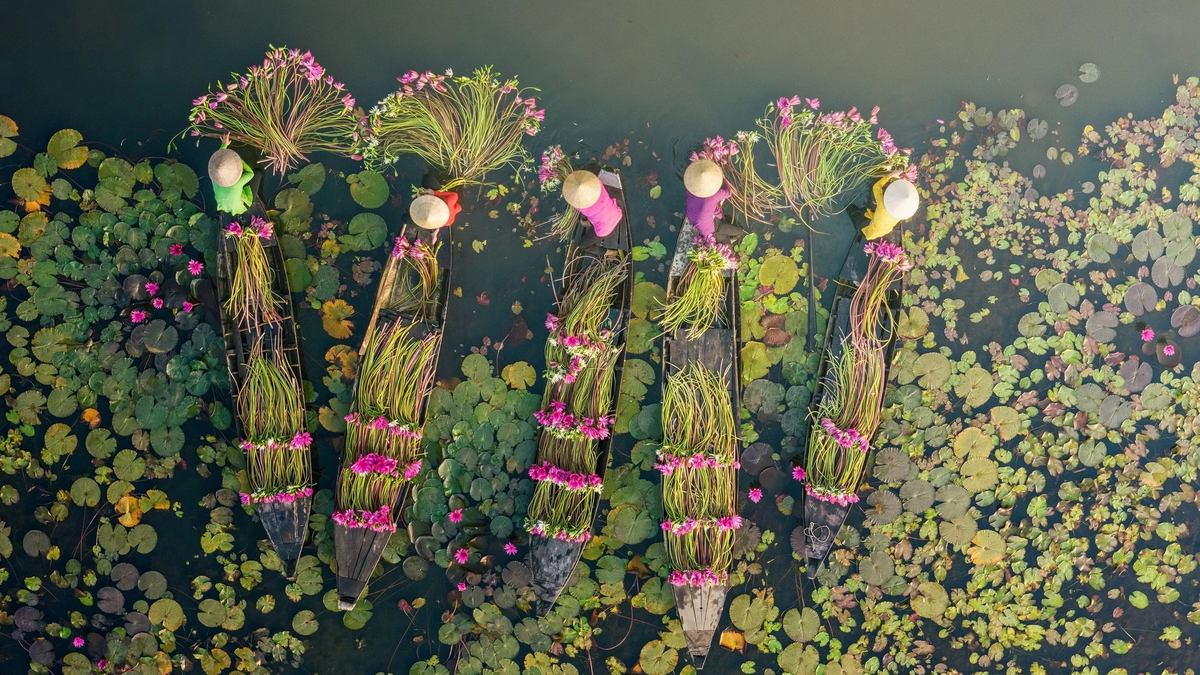
![[Photo] President Luong Cuong and United Nations Secretary-General Antonio Guterres chaired the signing ceremony of the Hanoi Convention.](https://vphoto.vietnam.vn/thumb/1200x675/vietnam/resource/IMAGE/2025/10/25/1761370409249_ndo_br_1-1794-jpg.webp)


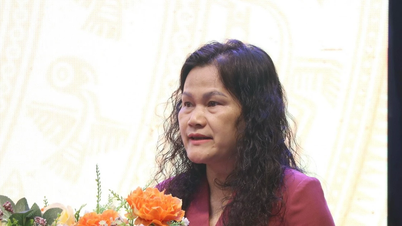

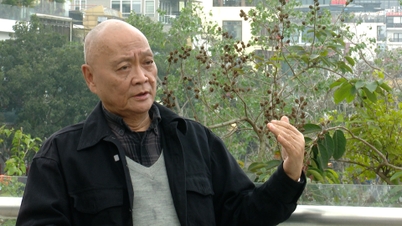



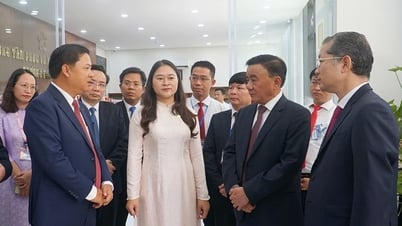
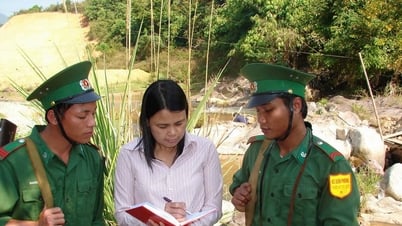











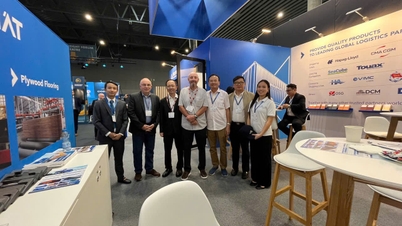
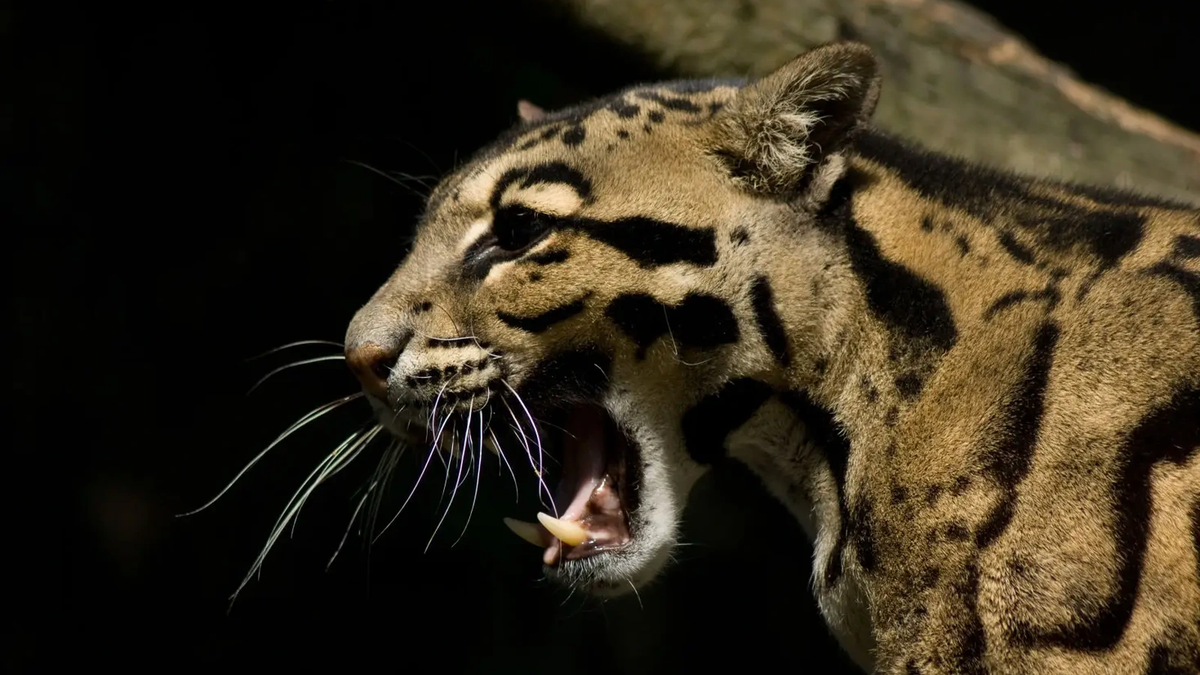

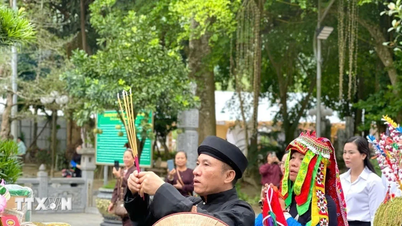
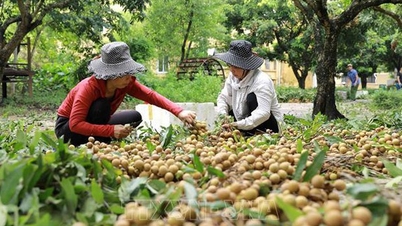



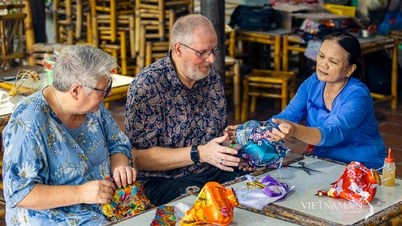
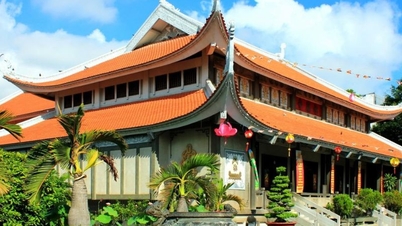



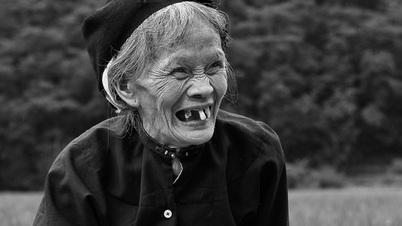



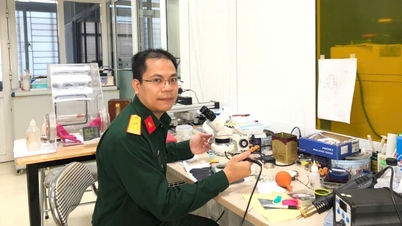



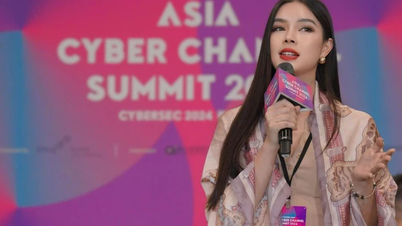

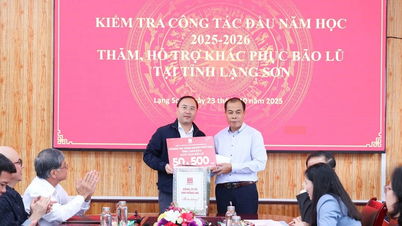



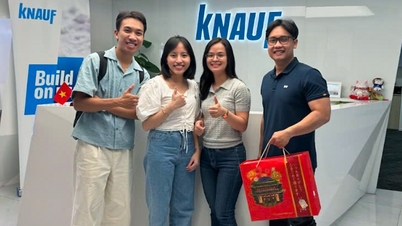

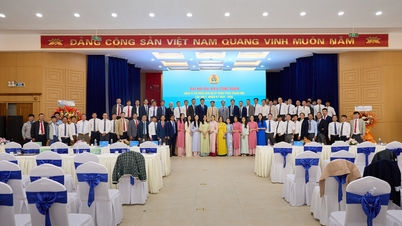











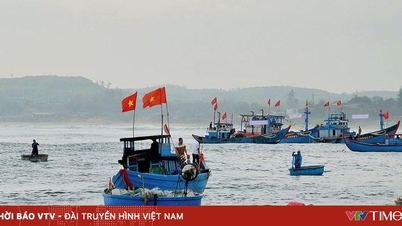




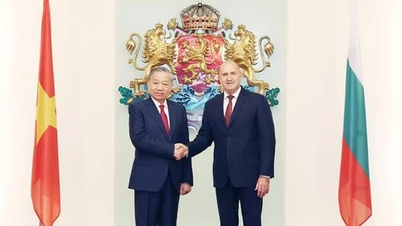

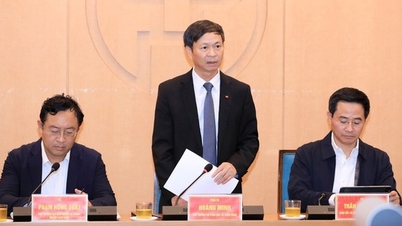




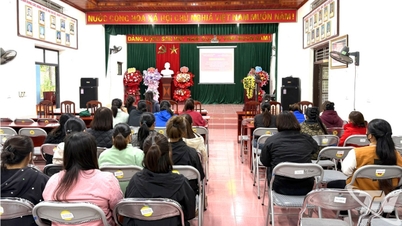

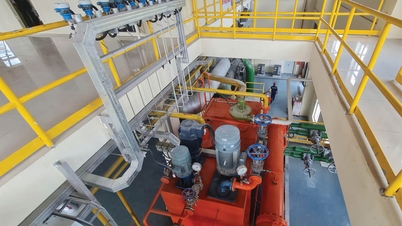





















Comment (0)